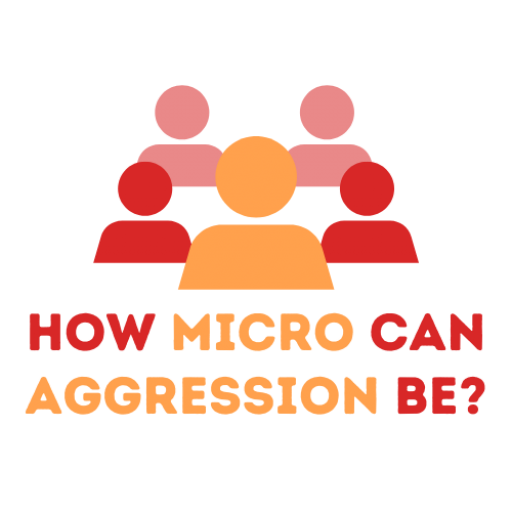Step 1: Introduction & Presentation
During this training, the participants listen to the facilitator’s presentation then break away into groups of 3 at different points during the training, so make sure there is space to be seated and follow the presentation and to move around the room.
The facilitator uses the presentation slides to set the ground rules for the training, informs the participants of the objective of this training, and educates them on micro-interventions.
An example introduction:
Before we get started, I would like to set some ground rules so we can all engage in open and productive dialogue with each other where everyone feels supported and respected.
- Be reflective. Consider the impact of your words, and how they might affect your peers.
- Take turns, allow everyone a moment to speak, and try not to disrupt others.
- Express disagreement or unproductive behavior in a respectful manner (do not attack the person, discuss the ideas).
Do you have a suggestion for additional rules that can promote open and productive discussion?
As you already know, micro-aggressions are harder to point out than other kinds of aggressive behavior. Imagine walking down the street and getting punched in the face. Whether you did something previously to provoke that or not at all, that’s obviously major aggressive behavior right? This type of aggression is easy to recognize and condemn. People around you might be shocked, get scared, or try to intervene. In any case, the person hitting you is the aggressor, and you are the victim.
Now imagine walking down the street and as you walk by, people suddenly clasp their purse or check if their phone is still in their pocket. We would not call that aggression as easily and quickly as the example before. People around you, and even the people doing it themselves, might not even notice. Yet, just as the earlier example, this is also a type of aggressive behavior: it is a micro-aggression.
So, what do you do when you witness or experience a micro-aggression? When there is a chance that the perpetrator is not even aware of the behavior, but the target still experiences the harm of this act?
The objective of this training is to arm you with micro-intervention strategies to defend the target and make the perpetrator aware of their behavior. There are three strategies:
- Make the Invisible Visible
- Disarm the Micro-aggression
- Educate the Offender
